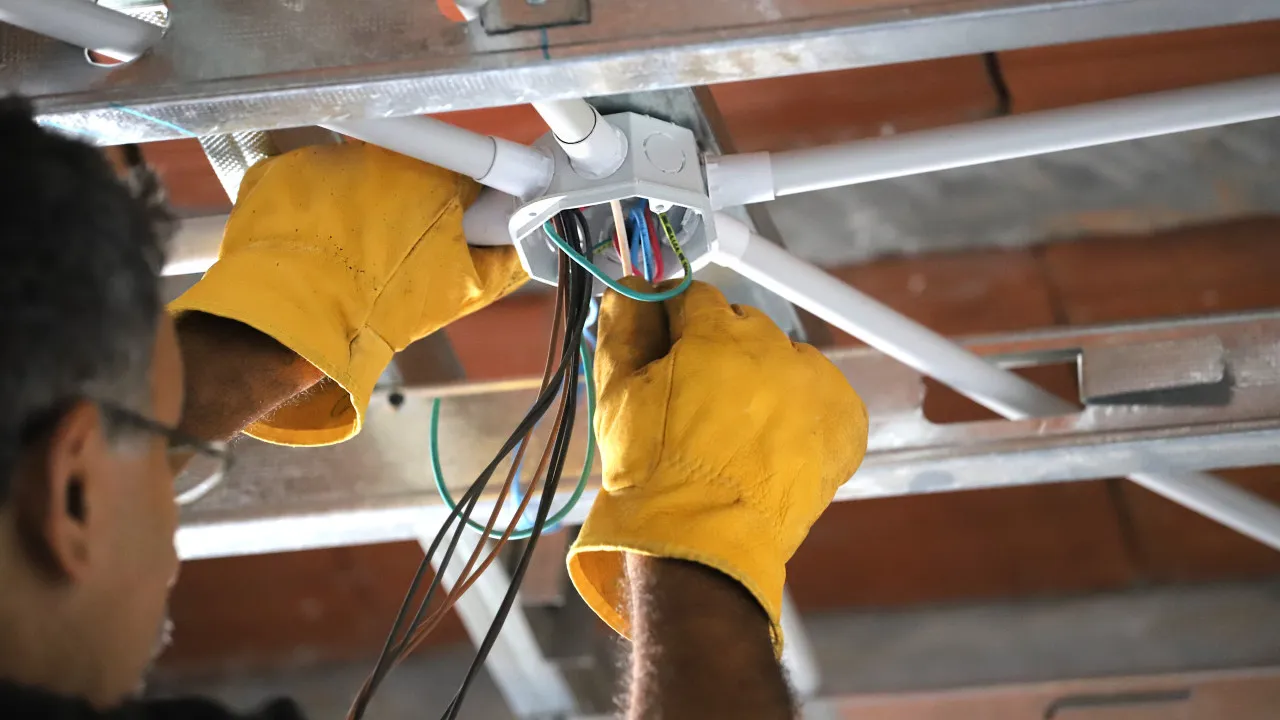
The proportion of women in the workforce of skilled construction workers and related trades, excluding electricians, was 1.29% in 2010, declining slightly to 1.26% over the following 13 years, according to data collected by students from the economics seminar at the Instituto Superior de Economia e Gestão (ISEG), under the direction of Sara Falcão Casaca, director of the Observatory of Gender, Work and Power, which will be included in the second Barometer of Labor Participation of Women and Men.
Women accounted for 2.98% of workers in the fields of electricity and electronics in 2010, decreasing to 2.58% by 2023, according to data from the ‘Quadros de Pessoal’ of the Strategy and Planning Office of the Ministry of Labor, Solidarity and Social Security, made available by the National Institute of Statistics (INE) and utilized for the study.
Sociologist Sara Falcão Casaca noted that over the 13-year span from 2010 to 2023, there were punctual changes in the distribution of men and women across predominantly male or female domains, yet a clear segregation remained. In certain professions, such as electrical and construction trades with already low female representation, the segregation intensified.
In her view, the data indicates that in 2023 there remains a significant prevalence of professions dominated by men or where males are predominant, without successfully overcoming stereotypical perceptions ingrained during socialization that shape educational and training choices for boys and girls.
To combat this segregation, she emphasized the necessity of deep engagement involving all socialization agents, including families. The toys given to children are seen as socialization agents, the sociologist warned, criticizing the current heavy specialization in toys targeted at girls and boys.
She highlighted the strong influence of these entrenched social and cultural representations present in families and other socialization agents, noting a traditional cultural marker regarding the social roles of men and women that limits and conditions career ambitions for both girls and boys.
“Their aspirations are shaped by social expectations, and often this is how the possibilities are limited for a man who might excel as a primary school teacher or a woman with a flair for electrical work,” she argued.
Drawing on various studies, the sociologist explained that environments with a mix of men and women foster better teamwork and decision-making processes, which enhances how work is organized, creativity, and innovation. Therefore, it is crucial to ensure that professional aspirations of both men and women are not constrained.
The director of the observatory stressed that true vocations should be genuine vocations and emphasized that the path to ensuring unfettered professional aspirations lies in education and freeing young people from gender stereotypes.
She also noted that gender stereotypes influence recruitment decisions, impacting choices and decisions on both the supply and demand sides of the labor market.
She specified that when a company hires for an electrician position, the dominant expectation is that the role will be filled by a man.




